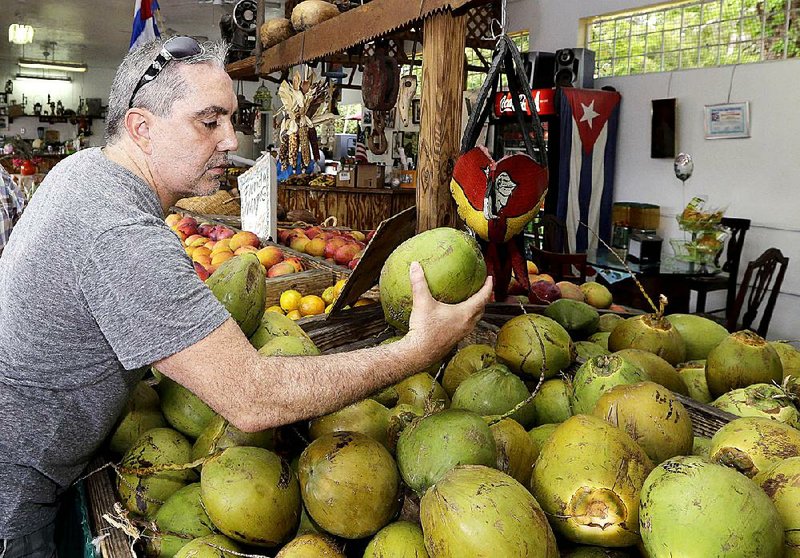WASHINGTON -- Household spending climbed in May by the most in almost six years, buoyed by gains in incomes as the U.S. job market strengthened.
The Commerce Department said Thursday that consumer spending rose 0.9 percent last month, up from a revised 0.1 percent increase in April. May spending registered the biggest gain since August 2009, when the government's "Cash for Clunkers" program fueled auto buying.
The increased spending last month suggests that the positive effects from solid hiring and cheaper gasoline are starting to ripple through the economy.
"We are finally seeing signs of consumers beginning to spend the gasoline savings they have been sitting on since the start of this year," said Paul Ashworth, chief U.S. economist at Capital Economics.
Personal income also increased a healthy 0.5 percent. The savings rate for after-tax income fell slightly to 5.1 percent from 5.4 percent.
Until recently, lower gasoline prices and an improved job market were not enough to unlock greater consumer spending. Instead, Americans put more money into savings. This helped put their personal finances on a more sustainable path, but it limited the ability of the overall economy to grow.
The consumer spending report confirms signs elsewhere that people are loosening the grip on their wallets.
Retail sales climbed 1.2 percent between April and May, led by auto dealers, clothiers and building materials stores, the Commerce Department reported earlier this month.
Spending at retailers is up 2.7 percent over the past 12 months. This includes annual gains of 8.2 percent in both the auto and restaurant categories.
All of that could lead to more hiring, a tighter supply of job applicants and larger pay increases, economists say.
The greater spending on building materials also corresponds with a surge in homebuying.
Sales of previously owned homes in May jumped 5.1 percent to an annual pace of 5.35 million, the National Association of Realtors said Monday. The real estate market is on pace for its strongest year since 2007, the last full year before the recession.
Purchases of new homes also have jumped, registering a 24 percent increase year-to-date, according to the government.
Many economists believe that it was the severe winter weather that froze consumer spending earlier this year, before a rebound this spring. The overall economy shrank in the first three months of the year at an annual rate of 0.2 percent. But some analysts say revitalized consumer spending should lift growth back to a respectable annual rate of 2.5 percent or better in the April-June quarter.
"We're clearly seeing a nice acceleration on the part of the consumer," said Jacob Oubina, a New-York based senior U.S. economist at RBC Capital Markets LLC. "It comes down to job growth and better income prospects. It's going to be a decisive rebound this quarter."
Consumer spending may be aided by two major factors.
Americans are saving money at the pump. Gasoline costs have stabilized in recent weeks. At a national average of $2.78 a gallon, they remain about 90 cents below their average a year ago, according to the AAA's Daily Fuel Gauge Report.
Also, the economy has added 3.1 million jobs over the past year and the unemployment rate has fallen to 5.5 percent from 6.3 percent. The addition of paychecks generally leads to more spending by the newly employed.
The number of people seeking U.S. unemployment aid rose slightly last week but remained at a historically low level that signals an improving job market.
The Labor Department said applications rose 3,000 last week to a seasonally adjusted 271,000. That's not far from the 15-year low reached in April of 262,000. The four-week average, a less volatile measure, declined to 273,750.
Applications are a proxy for layoffs, so the very low levels suggest that businesses are confident enough in the economy to hold on to their workers. The data also show that employers refrained from layoffs even as the economy contracted in the first three months of the year, a sign they saw the slowdown as temporary.
Nearly 2.25 million people received benefits, up 22,000 from the previous week. Still, the total number of beneficiaries has fallen 13 percent in the past year.
Only about a quarter of the unemployed receive unemployment aid. Some have exhausted all the aid available, which is capped at 26 weeks in most states. Others don't qualify for benefits, such as college graduates looking for work.
Information for this article was contributed by Josh Boak and Christopher S. Rugaber of the Associated Press and by Victoria Stilwell of Bloomberg News.
A Section on 06/26/2015
